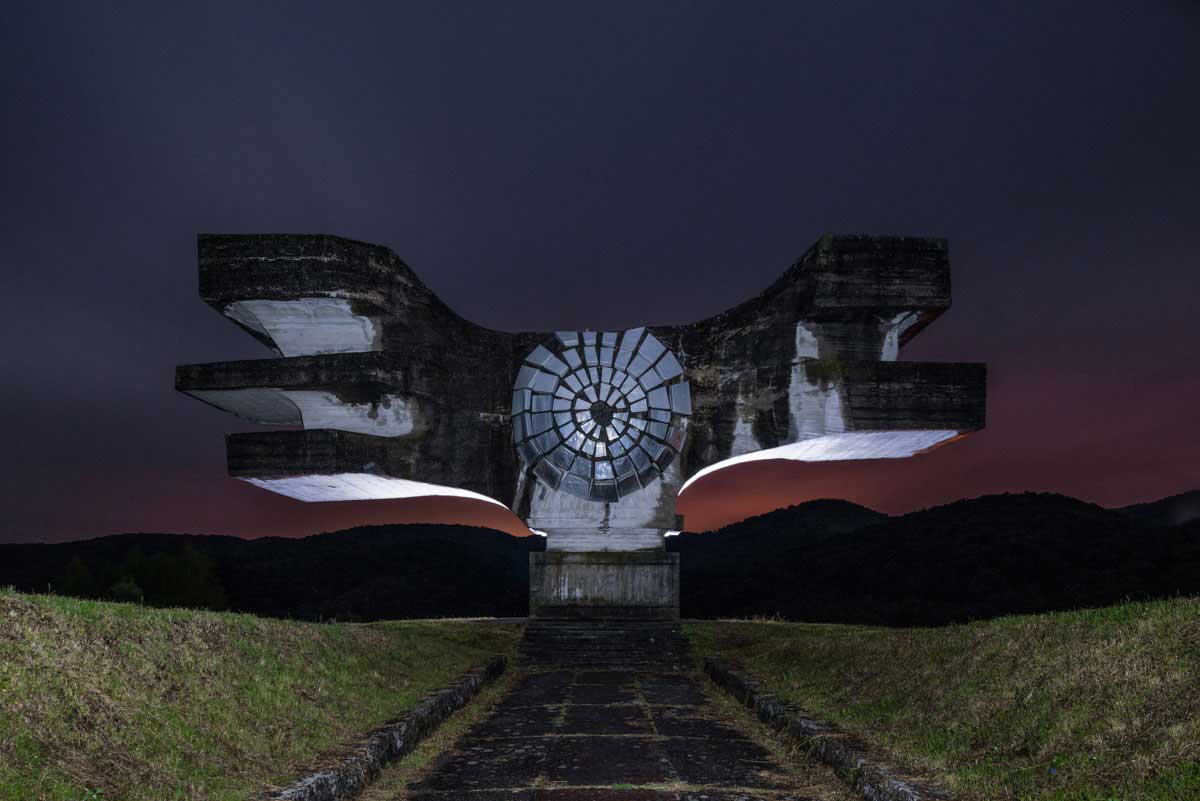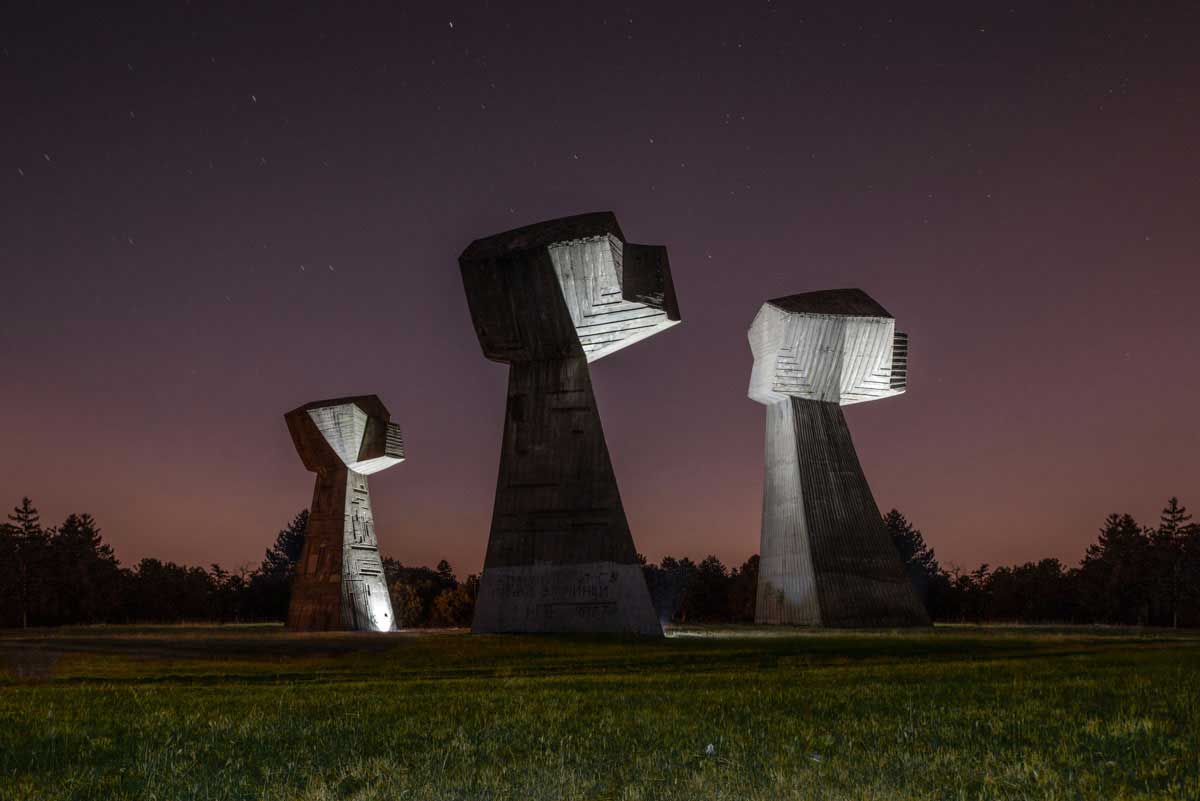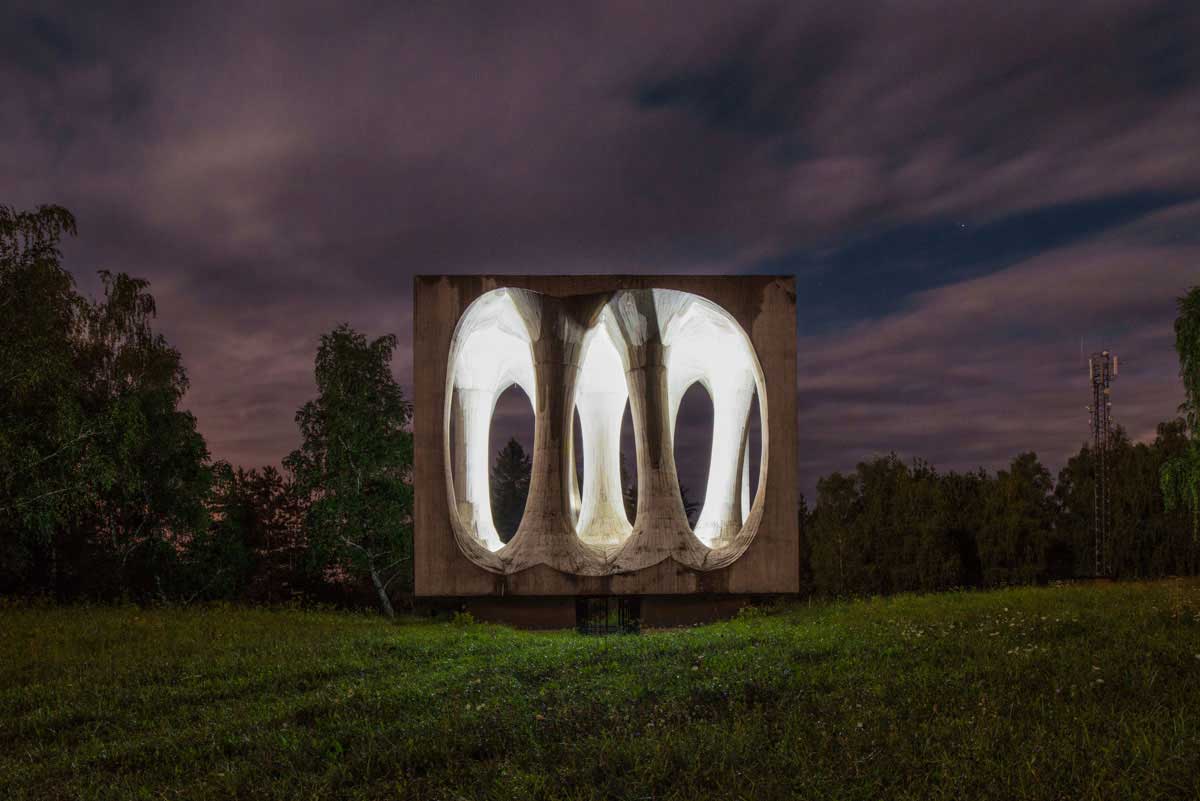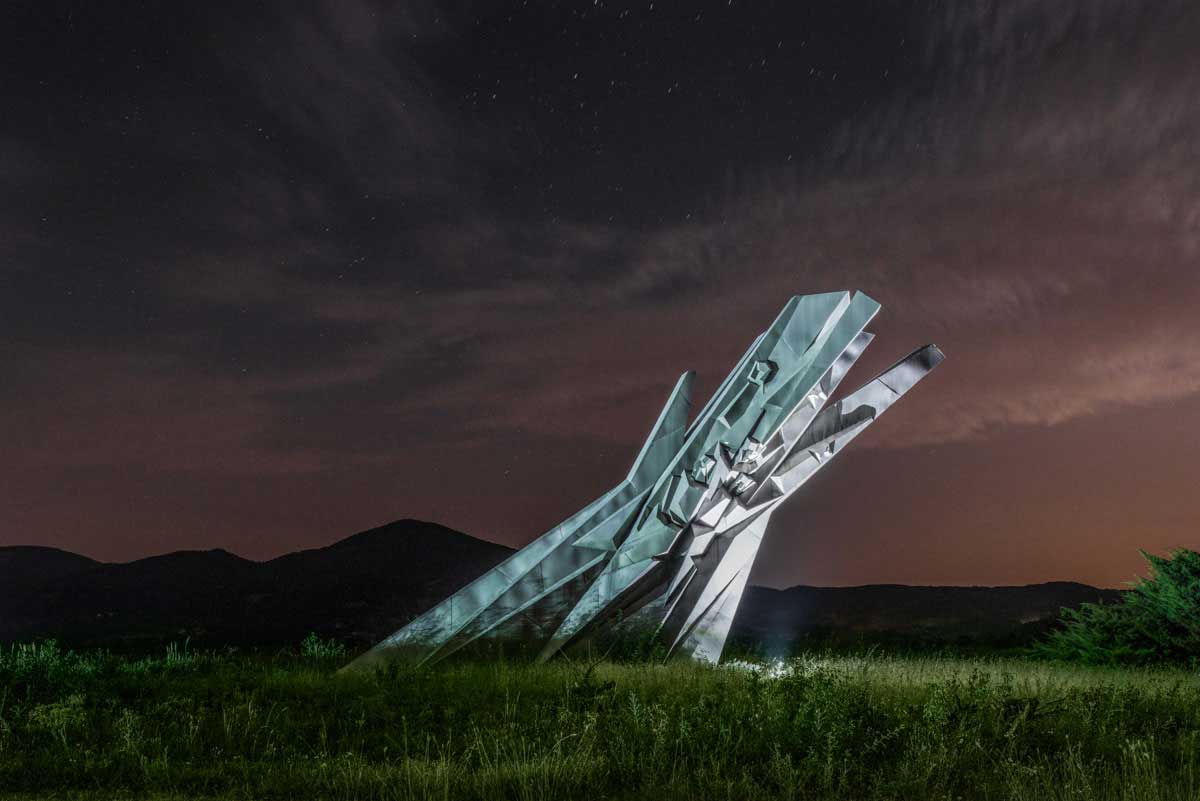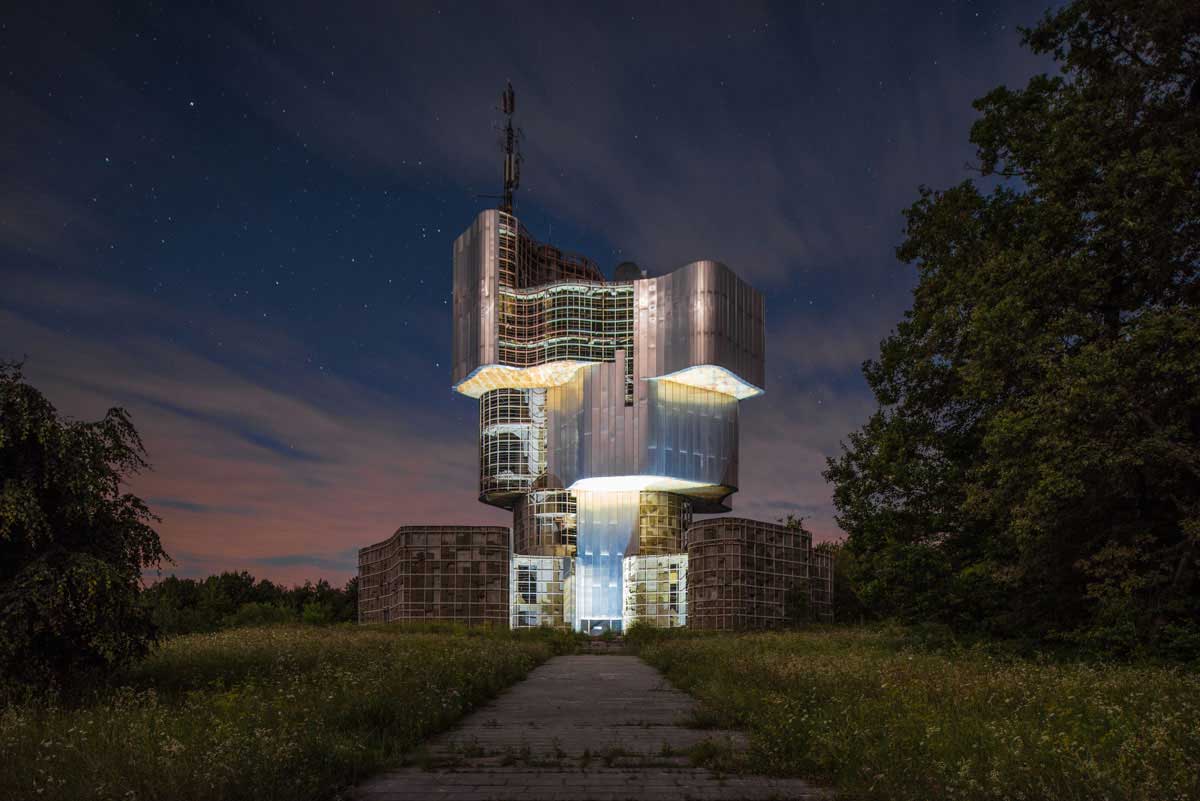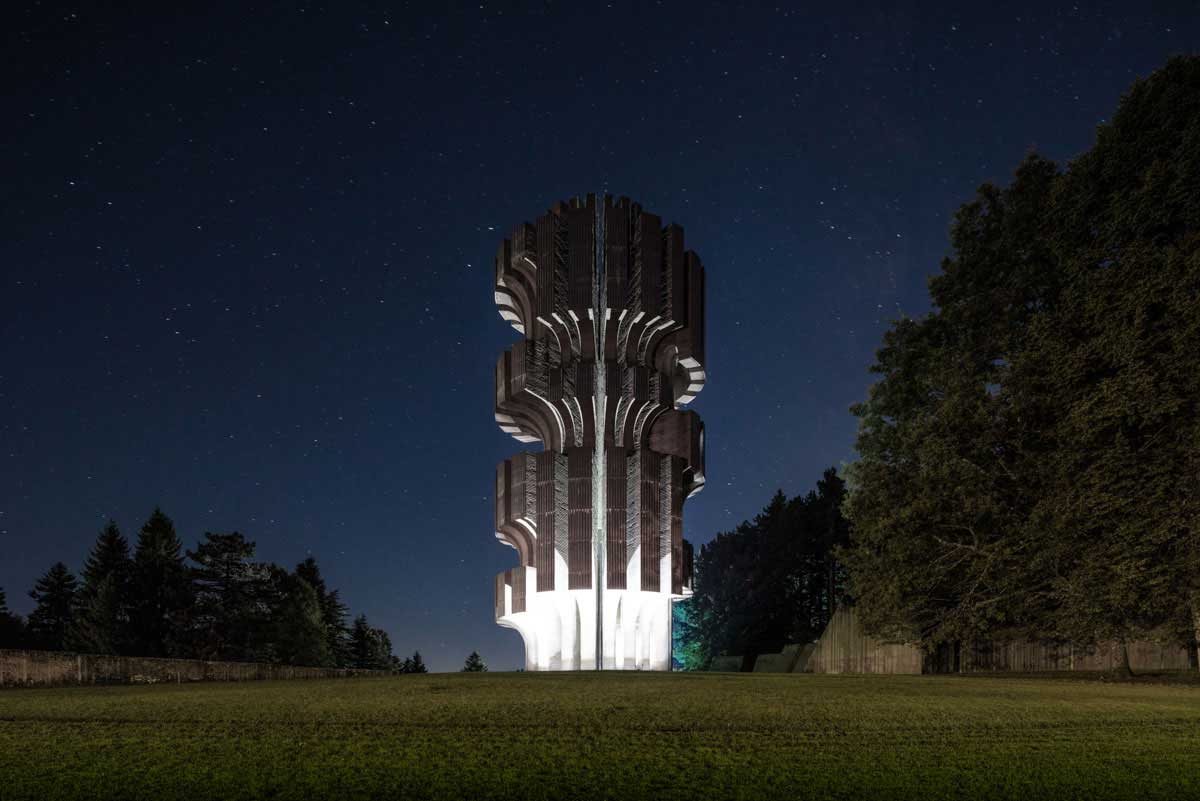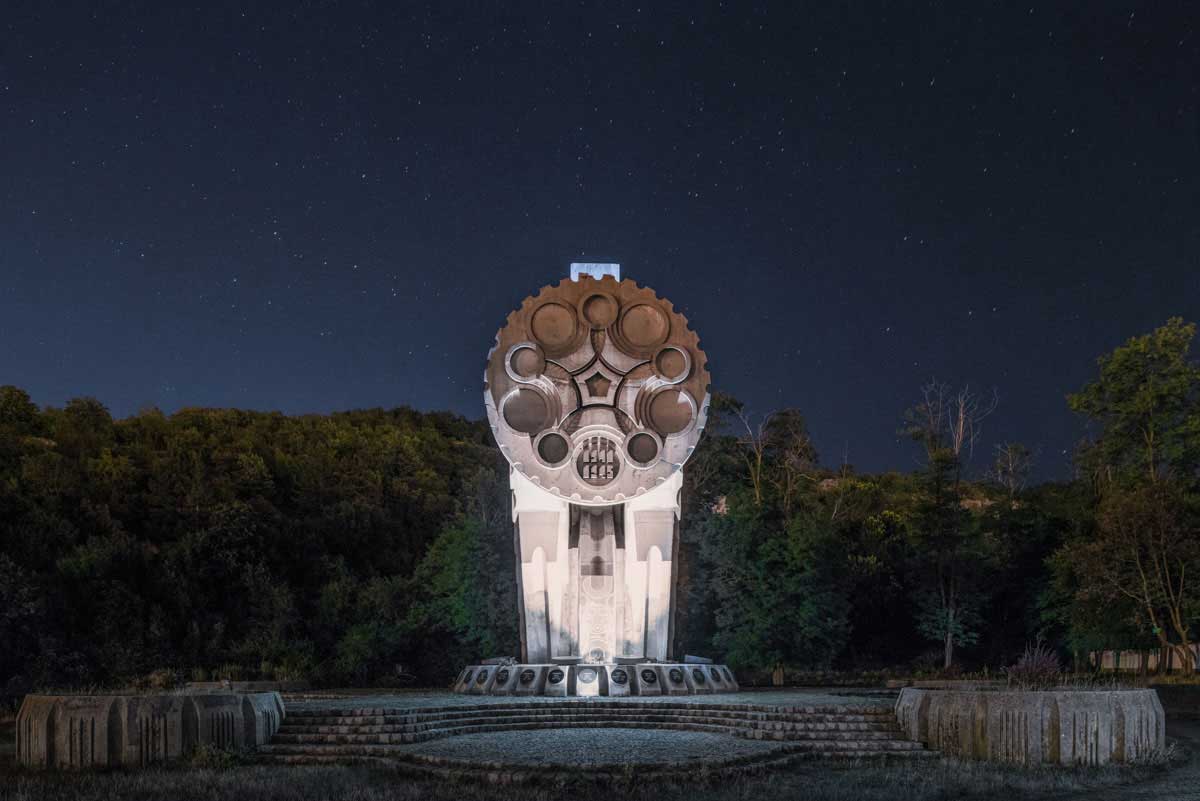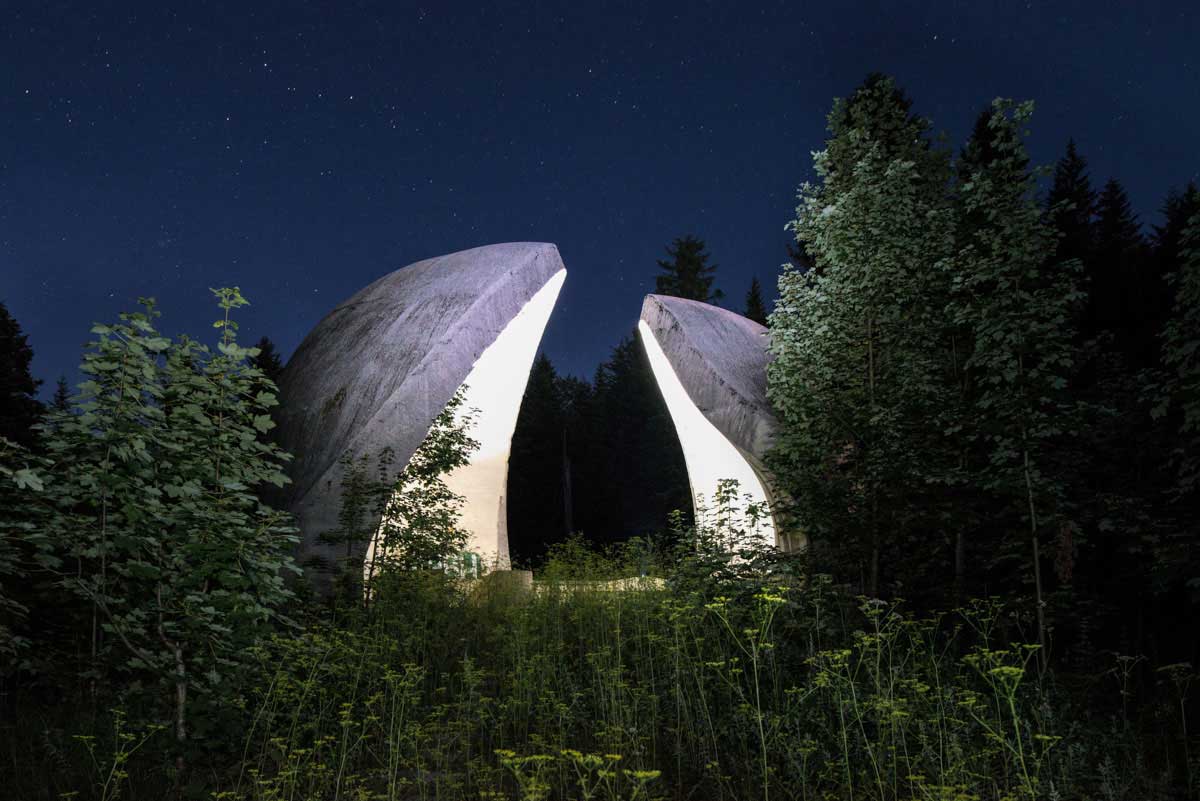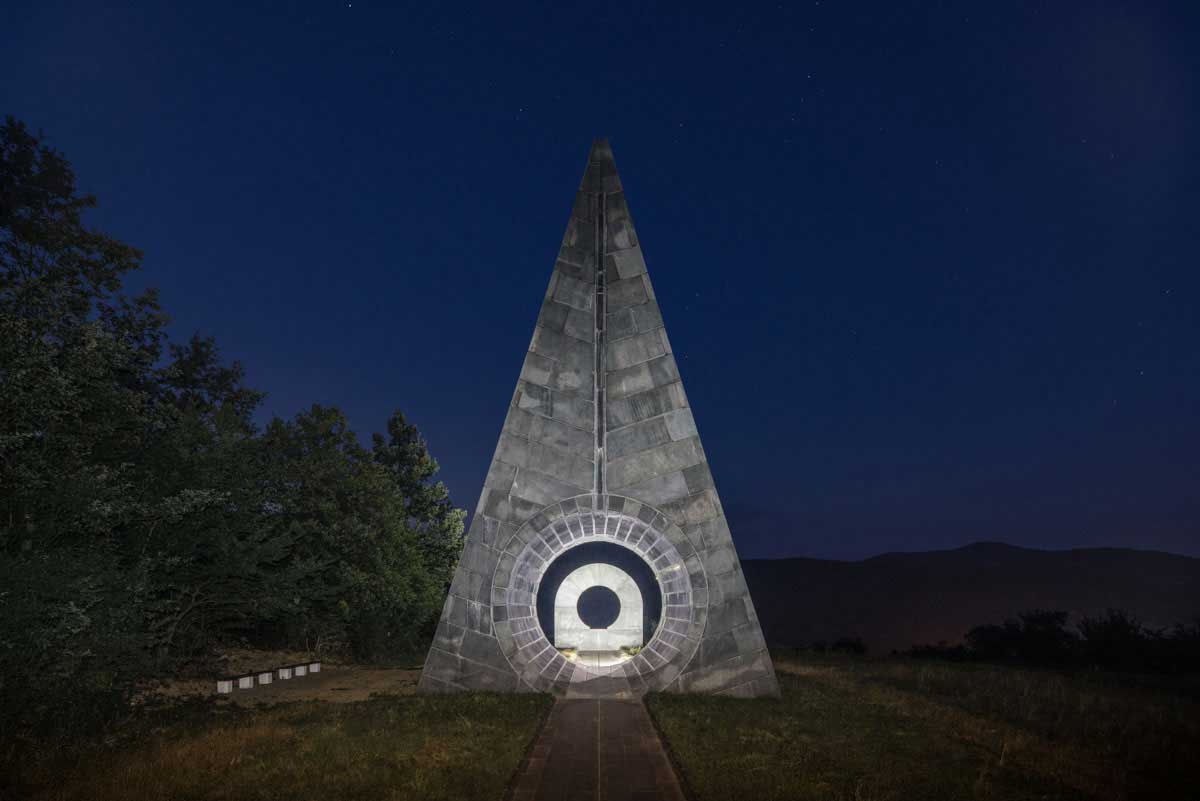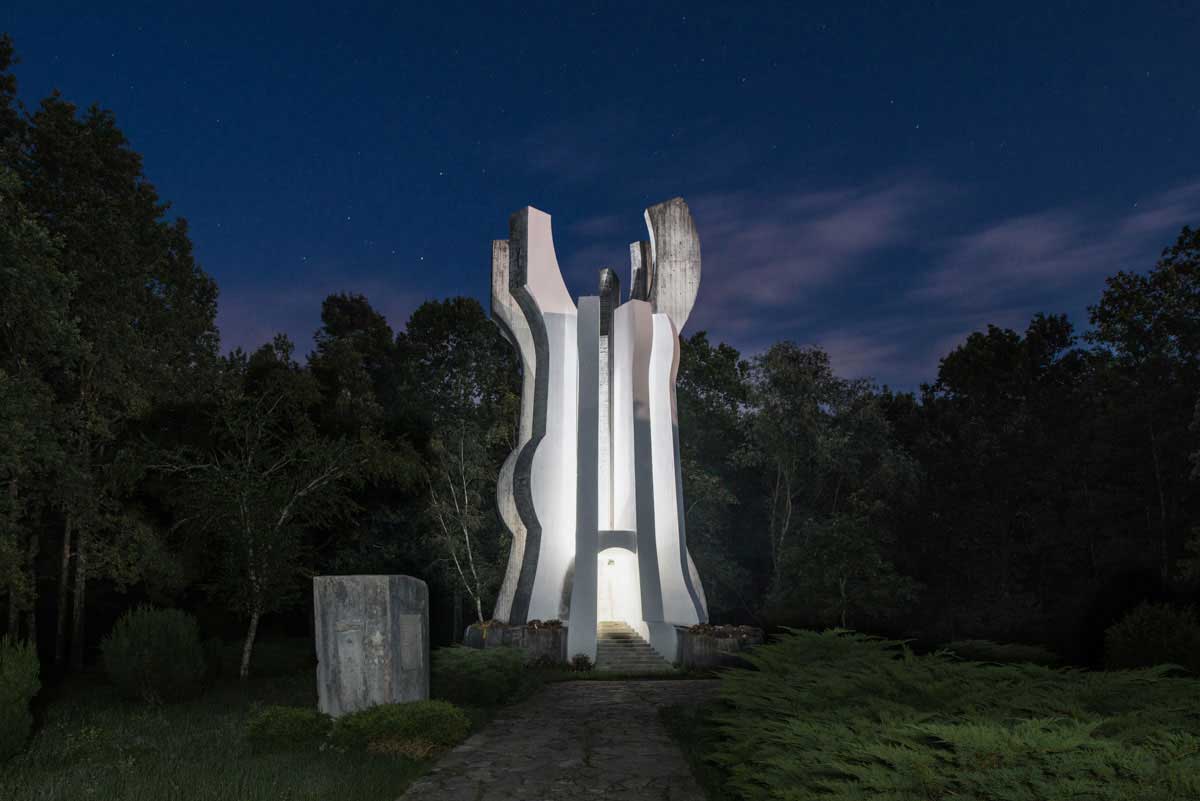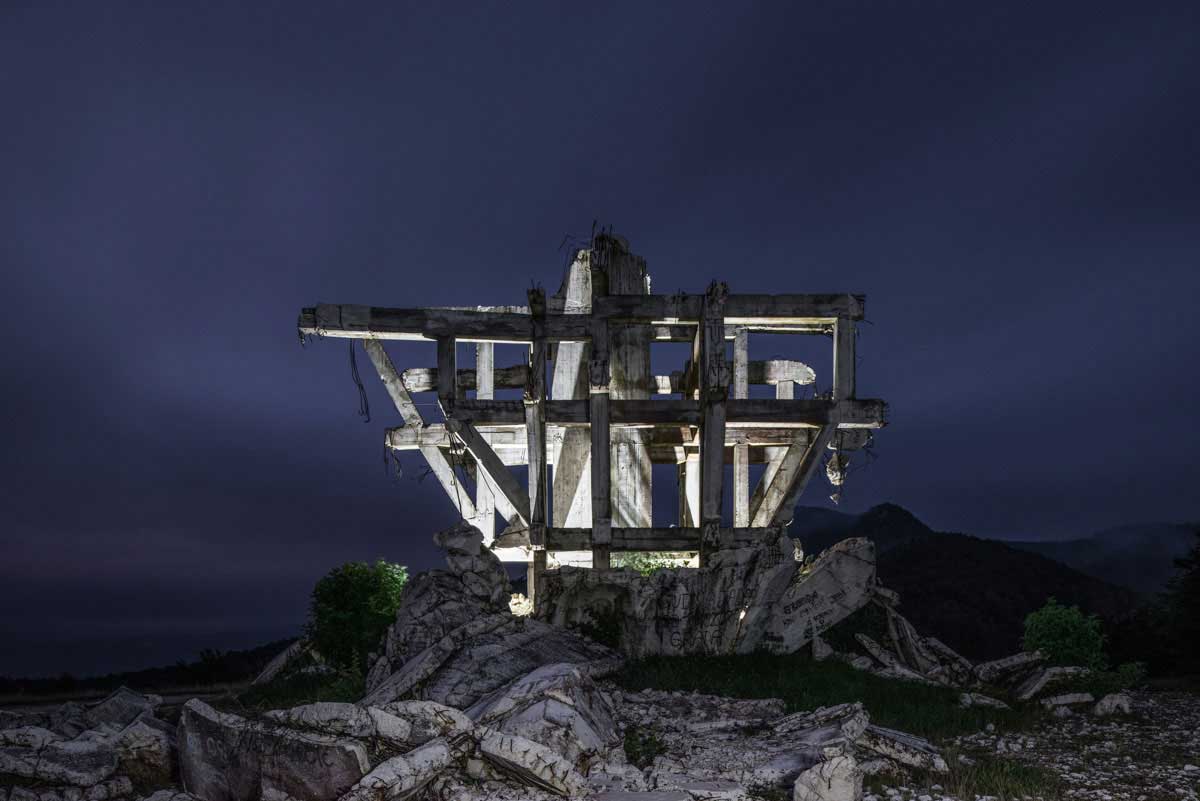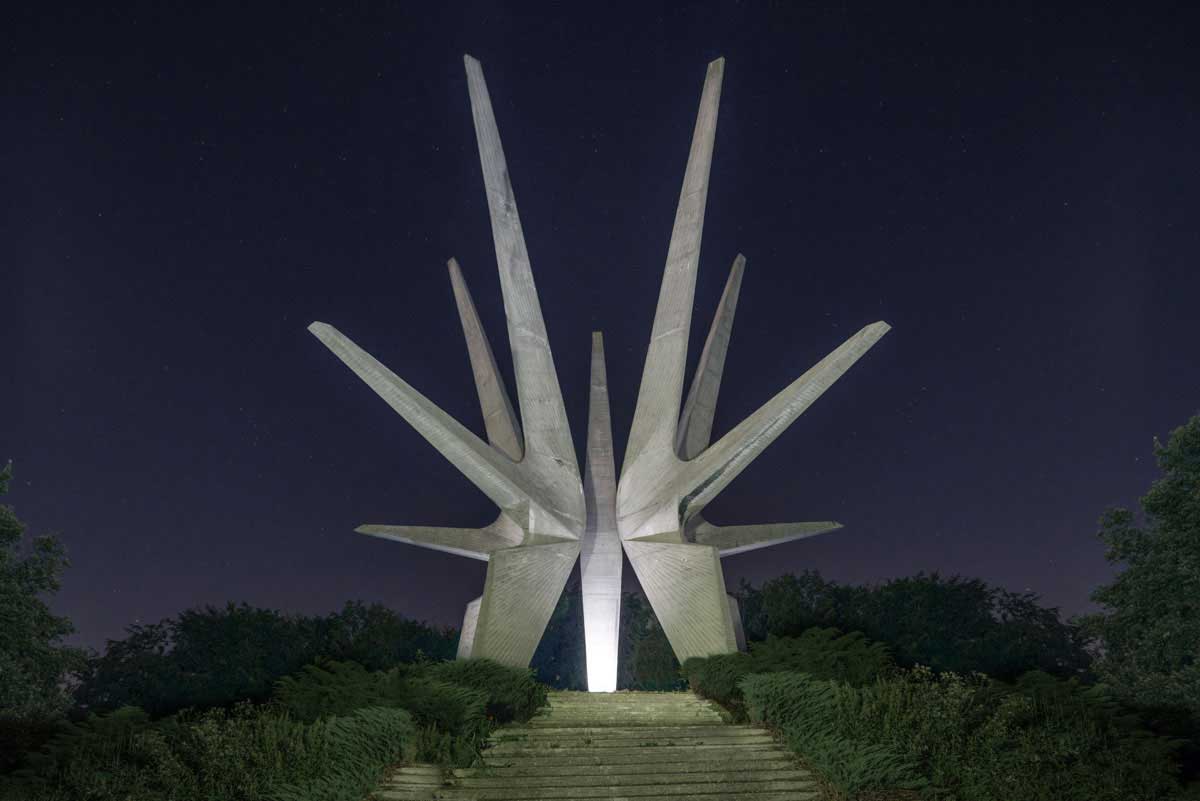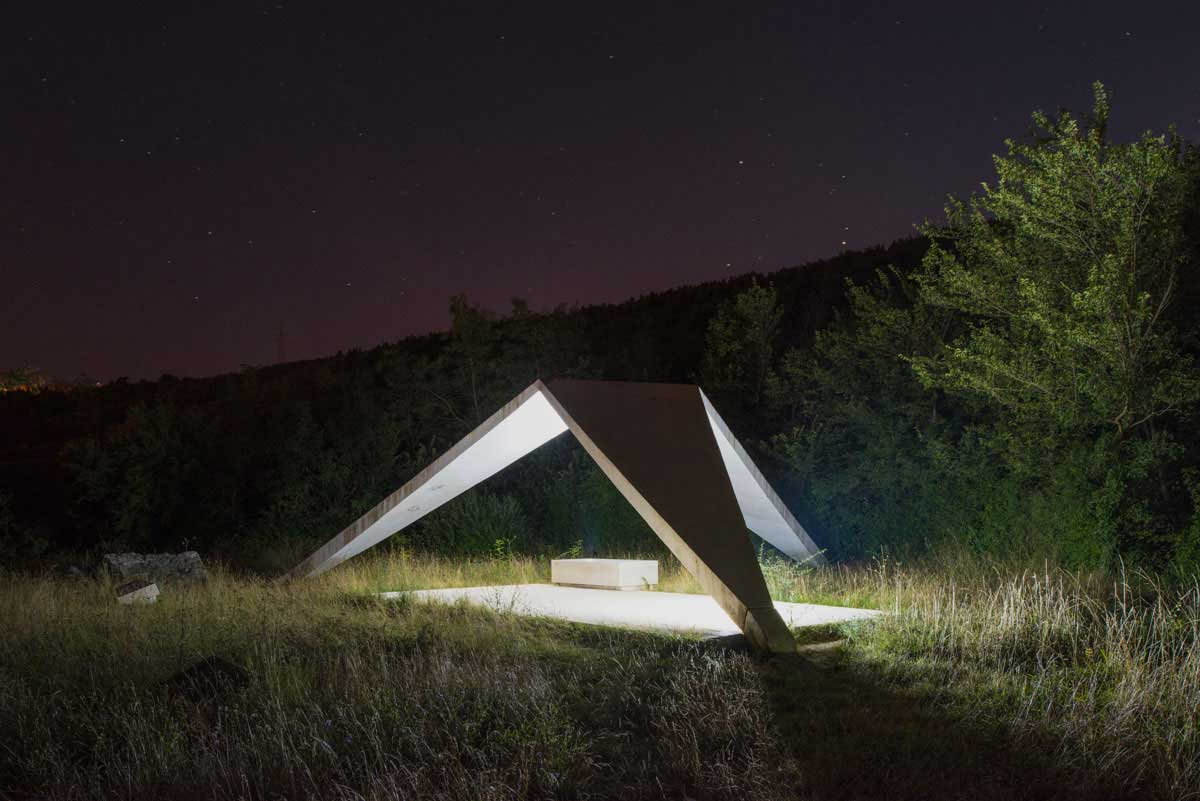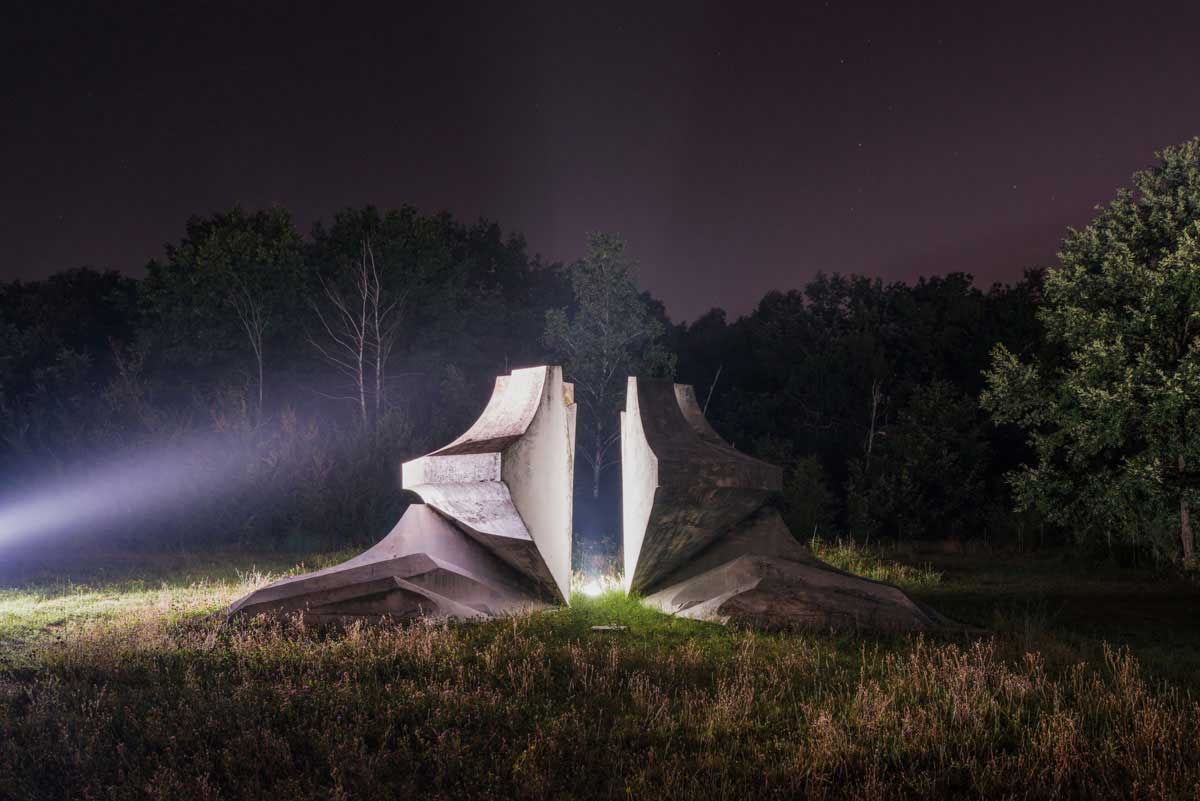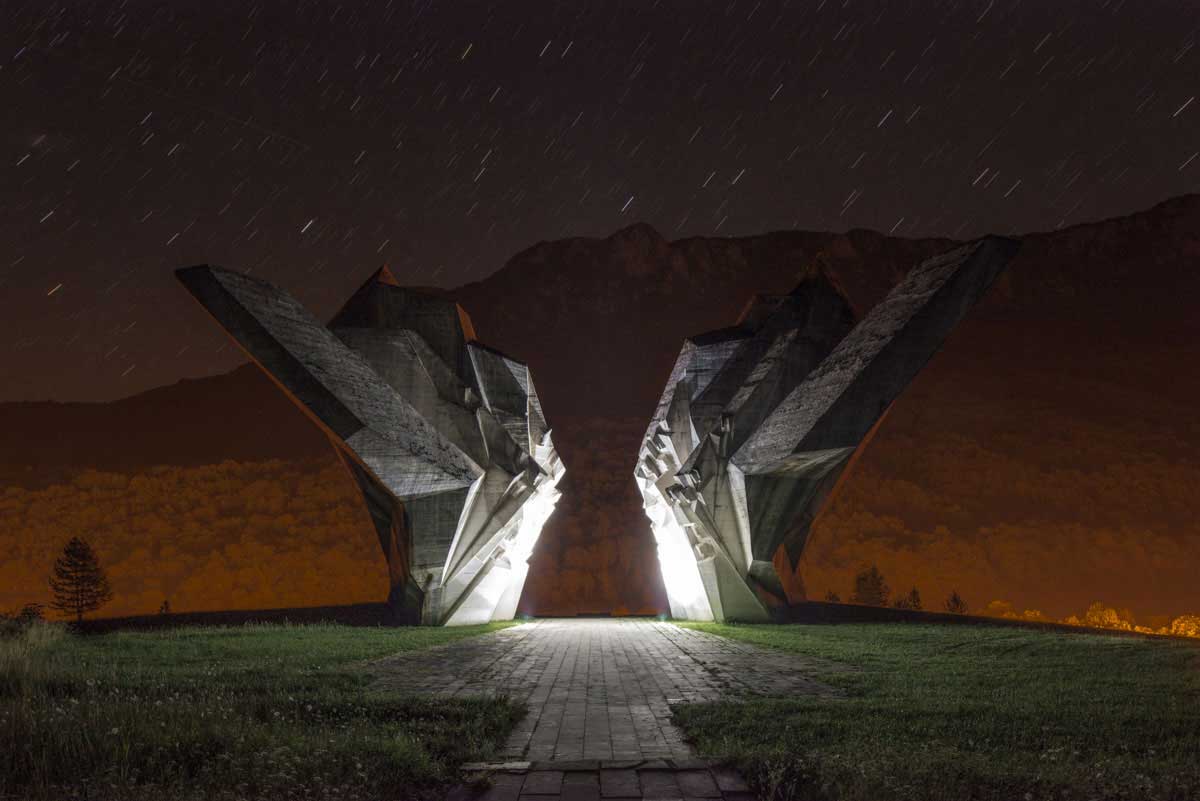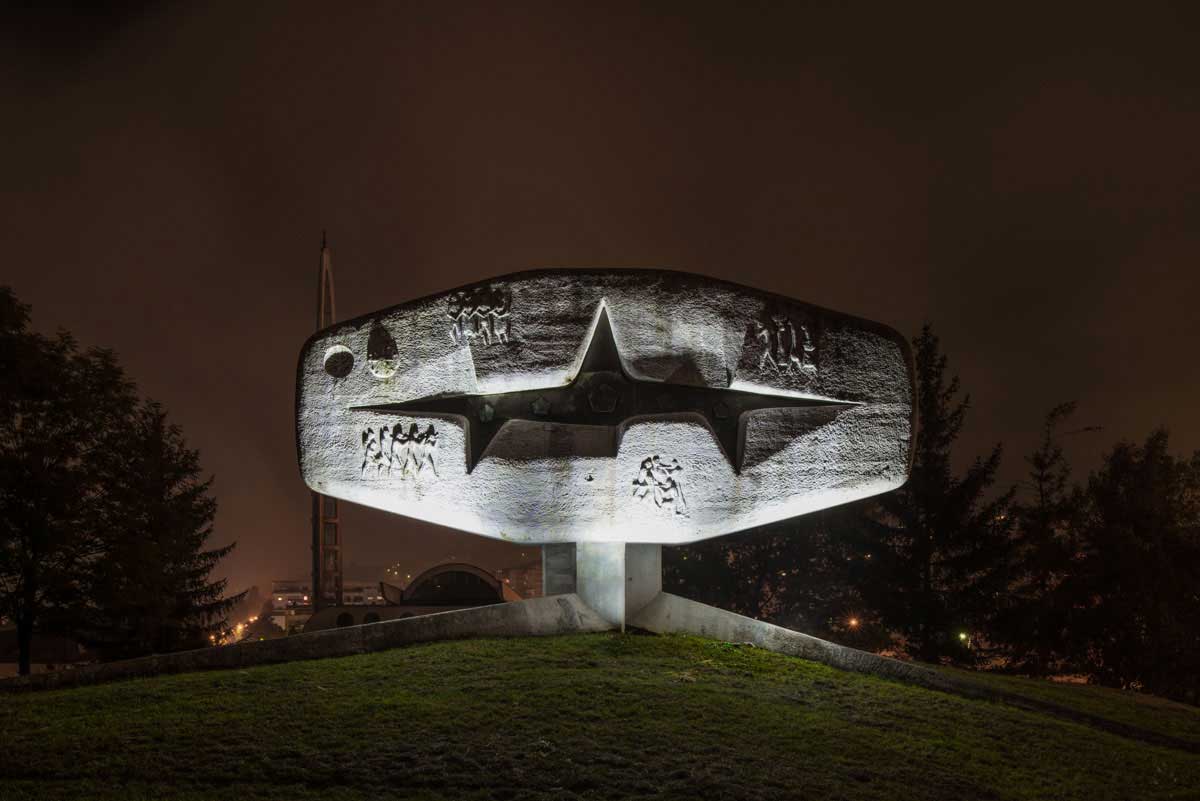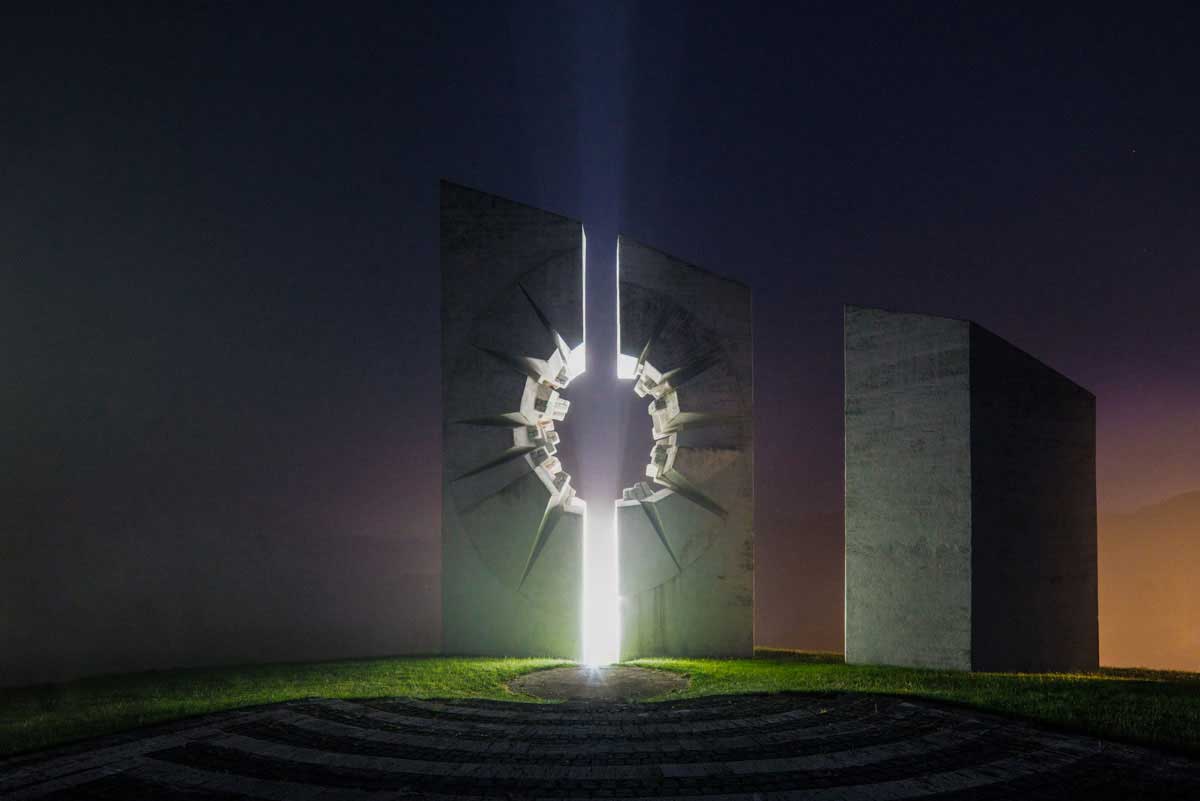Between the 1960s and 1980s, the Federal States of former Yugoslavia erected monuments of an imposing size.
These spomeniks («monuments» in Serbo-Croatian) were raised in memory of the local populations who resisted the atrocities of the 20th century and would praise the experience of a more egalitarian and antifascist socialist society.
In the 1990s, the Yougoslav wars broke out and resulted in the country fracturing into several independent states. Some monuments were abandoned, others were destroyed. This series depicts the main spomeniks in Slovenia, Serbia, Montenegro, Bosnia and Herzegovina and Croatia that have survived.
The series proposes to highlight these monuments and asks the question whether the monuments’ messages have endured over time. Indeed, the resurgence of violence between the states of the former Yugoslavia in the 1990s raises the question of the scope and impact of these symbols of peace, based on solidarity between peoples. This question is also relevant to the whole of Europe, where tolerance and living together are once again undermined. History would lead us to wonder whether these symbols – and their meaning – have not become wholly invisible.
About Sylvain Heraud
Sylvain Heraud was born in Cannes in 1985. His thirst for travel has led him down the roads of Europe, the Americas and Asia, where his interest in photography has developed over the past ten years.
He is particularly drawn to architectural heritage, and is eager to discover what these buildings are hiding and understand their history. Sylvain’s goal is therefore to unearth these places, which are characterised by cultural, industrial and political influences that are specific to each region. [Official Website]



